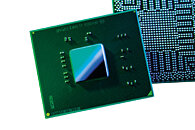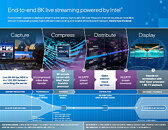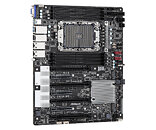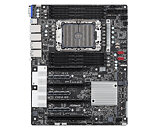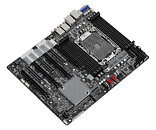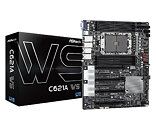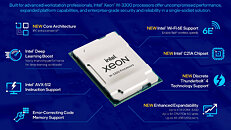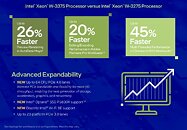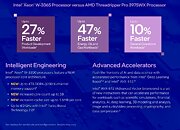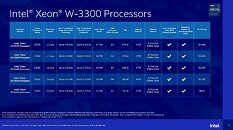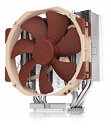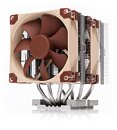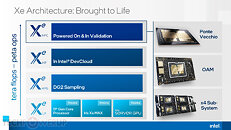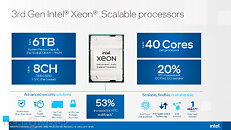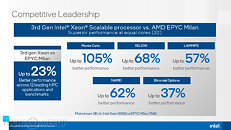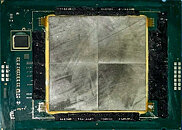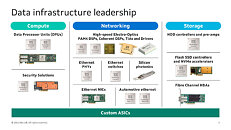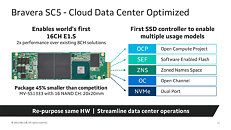
Intel Processors Selected to Power Next-Gen DOE Supercomputers
The U.S. Department of Energy's (DOE's) National Nuclear Security Administration (NNSA) selected next-generation Intel Xeon Scalable processors (code-named "Sapphire Rapids") to power the supercomputers used within NNSA's Life Extension Program for mission-critical efforts in stockpile stewardship. The NNSA's Lawrence Livermore National Laboratory awarded a subcontract to Dell Technologies to supply the Intel-powered computing systems that will be deployed at the NNSA's Tri-Labs (Lawrence Livermore National Laboratory, Los Alamos National Laboratory and Sandia National Laboratories).
Today's news supports the NNSA's Advanced Simulation and Computing (ASC) program operated at the NNSA's Tri-Labs. The Commodity Technology Systems contract (CTS-2) awarded today will enable these three national laboratories to build more powerful, energy-efficient computing systems that will focus on performing extensive modeling and simulation capabilities in support of NNSA's stockpile stewardship program.
Today's news supports the NNSA's Advanced Simulation and Computing (ASC) program operated at the NNSA's Tri-Labs. The Commodity Technology Systems contract (CTS-2) awarded today will enable these three national laboratories to build more powerful, energy-efficient computing systems that will focus on performing extensive modeling and simulation capabilities in support of NNSA's stockpile stewardship program.

